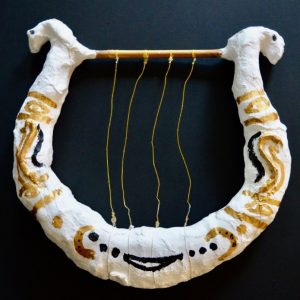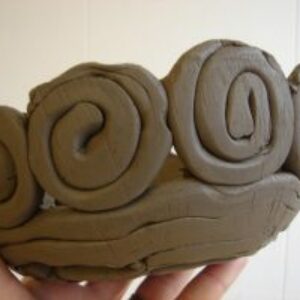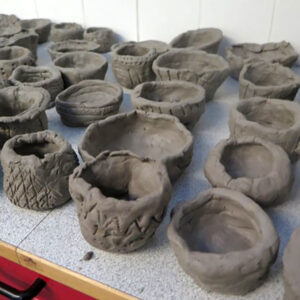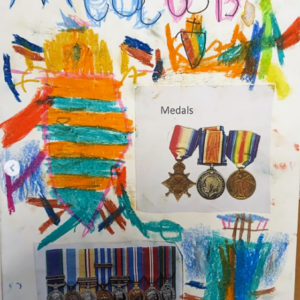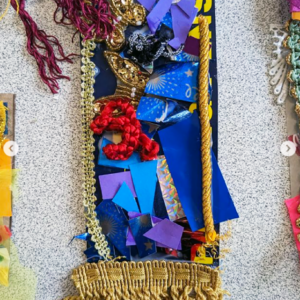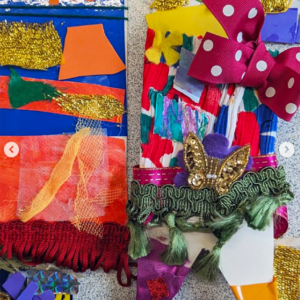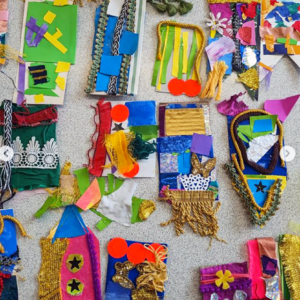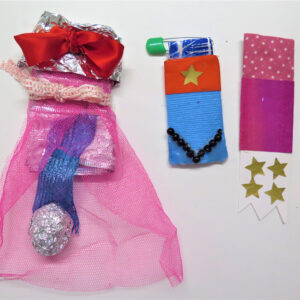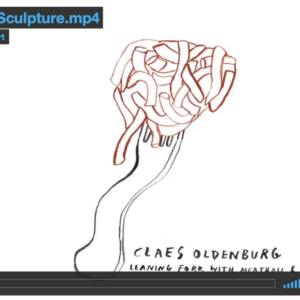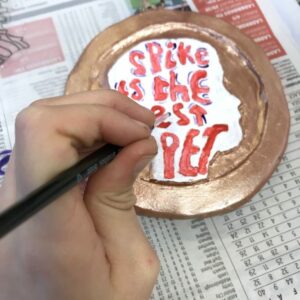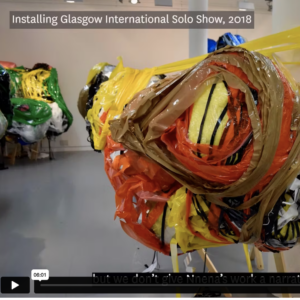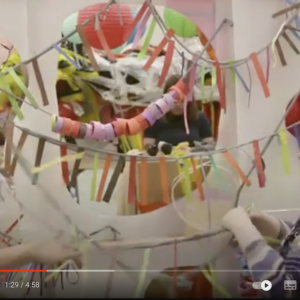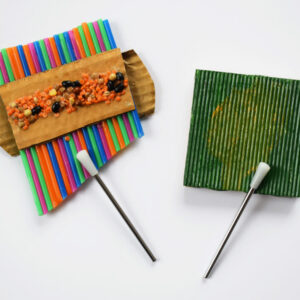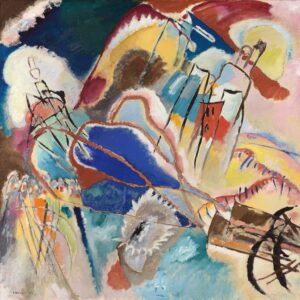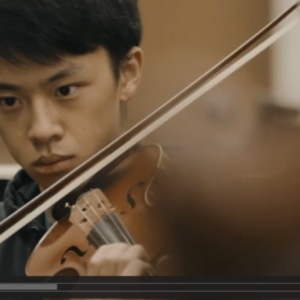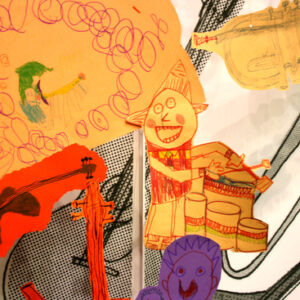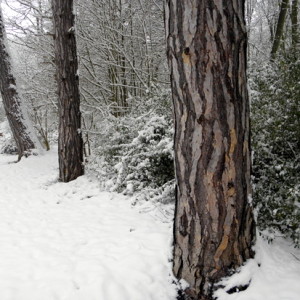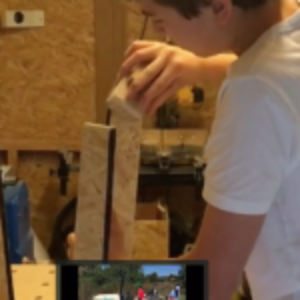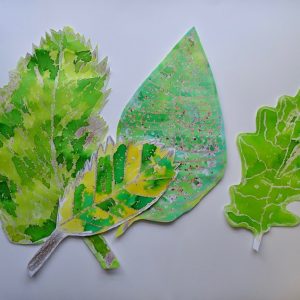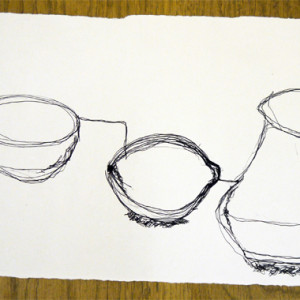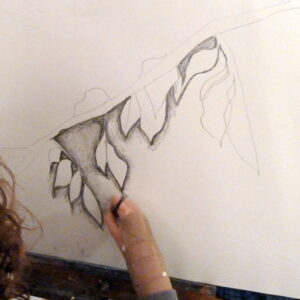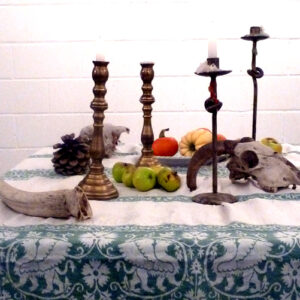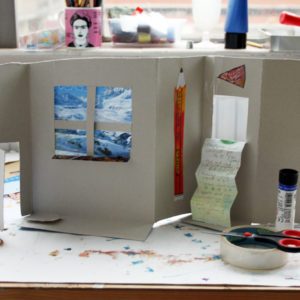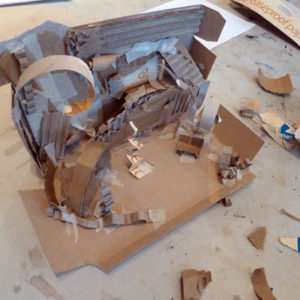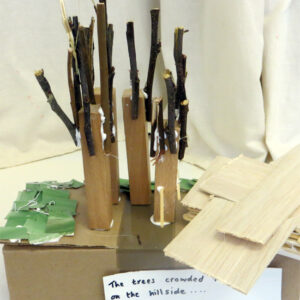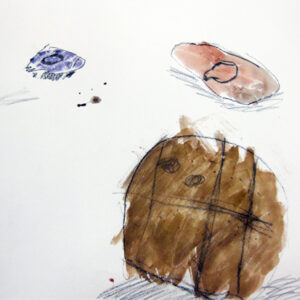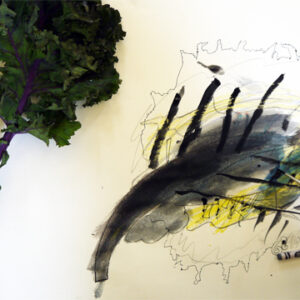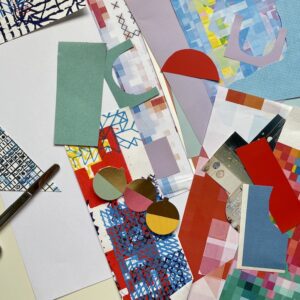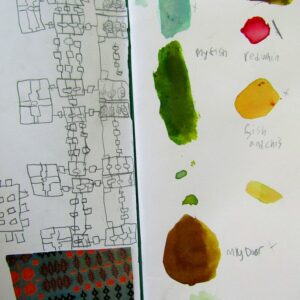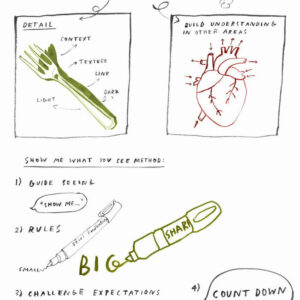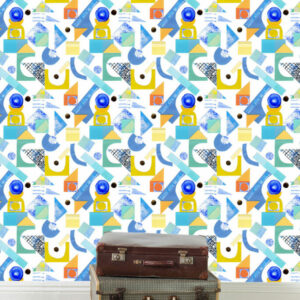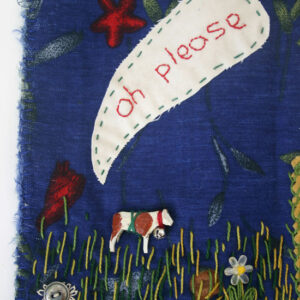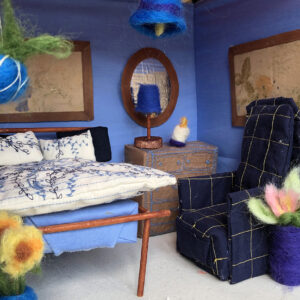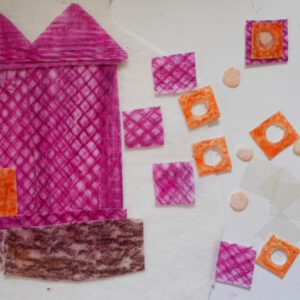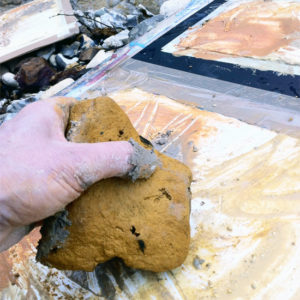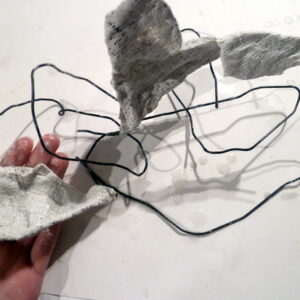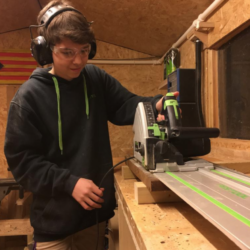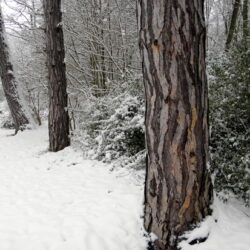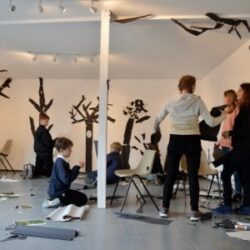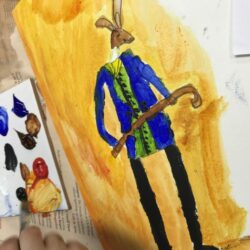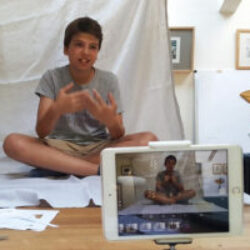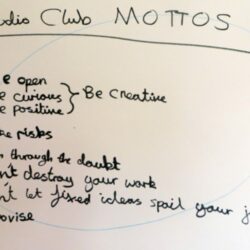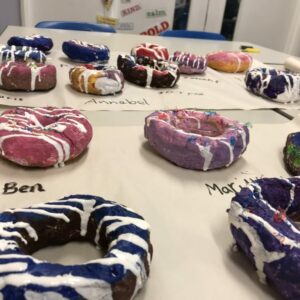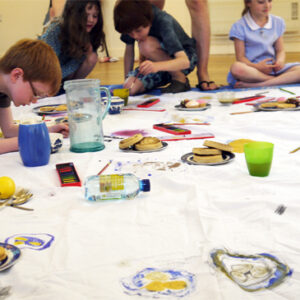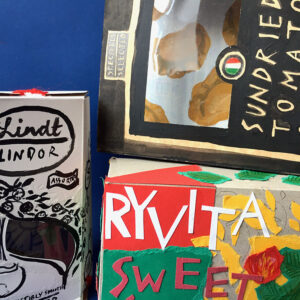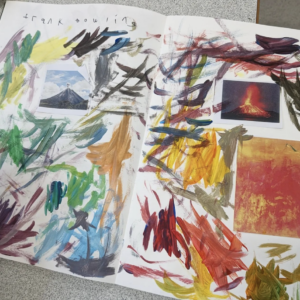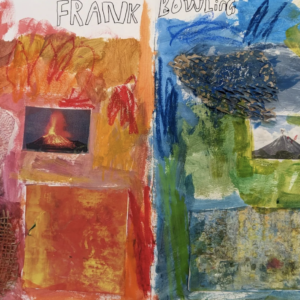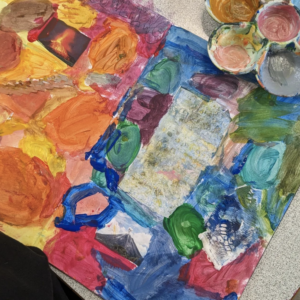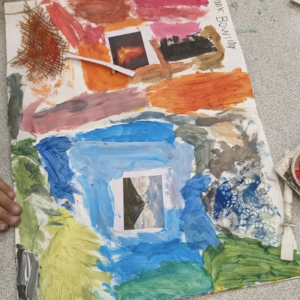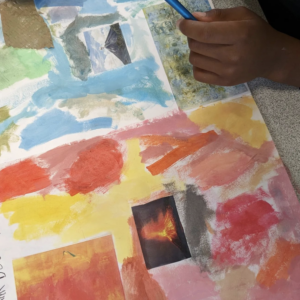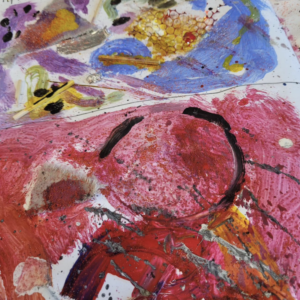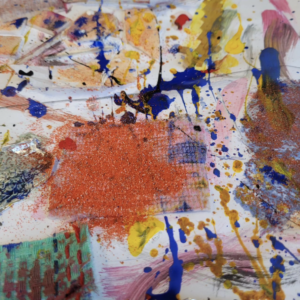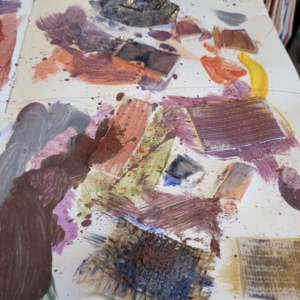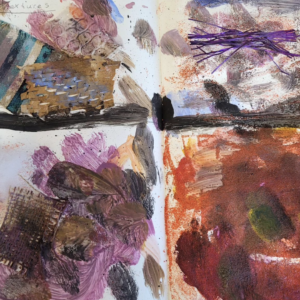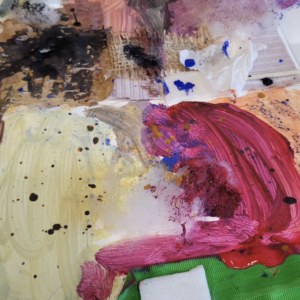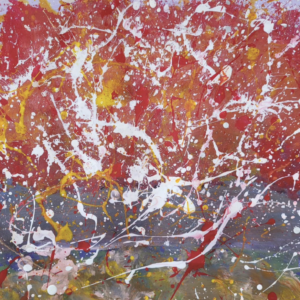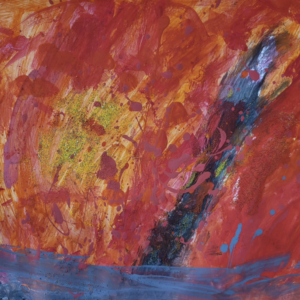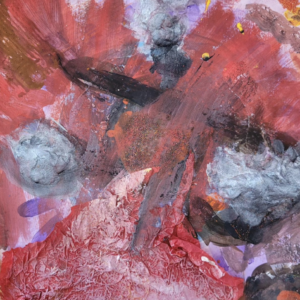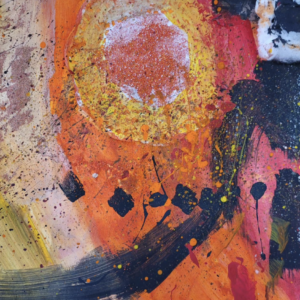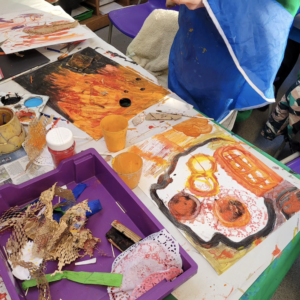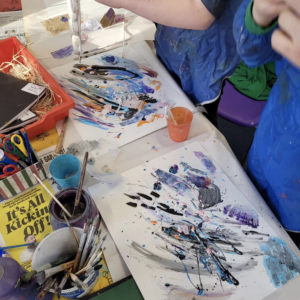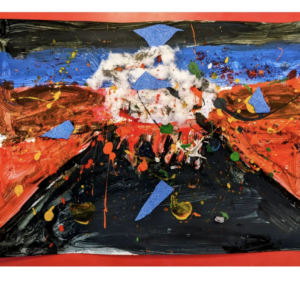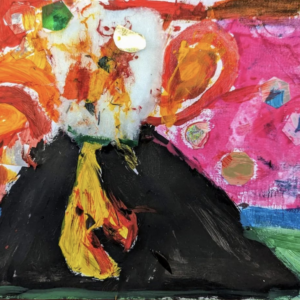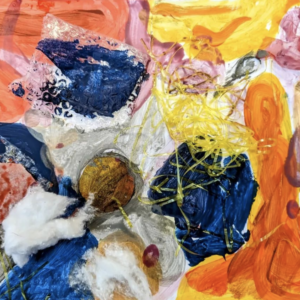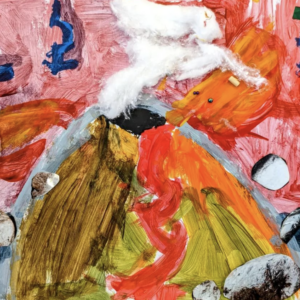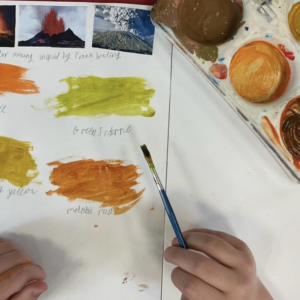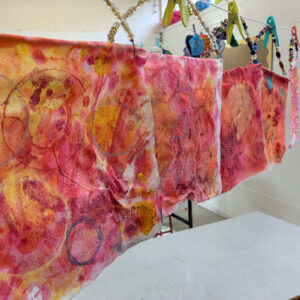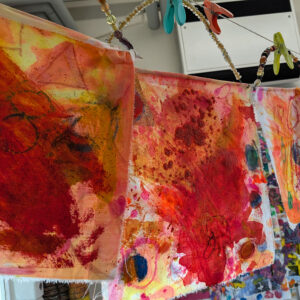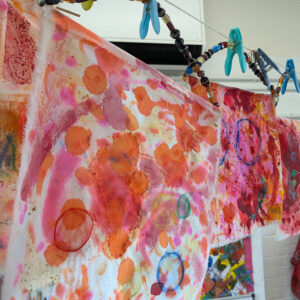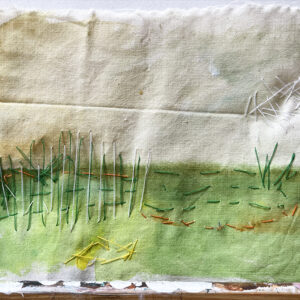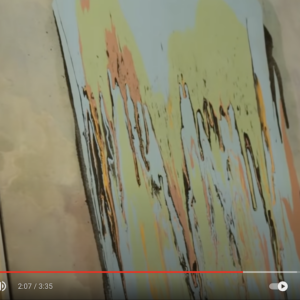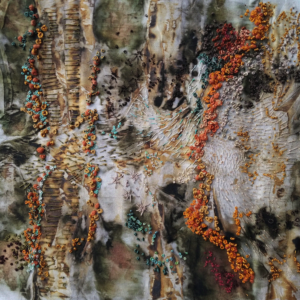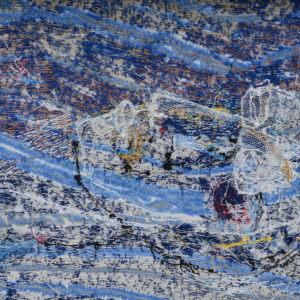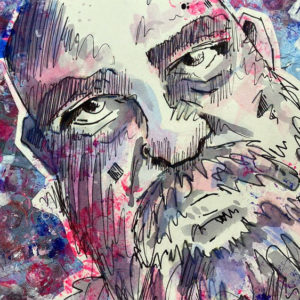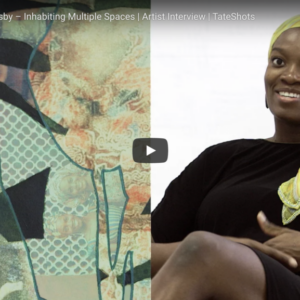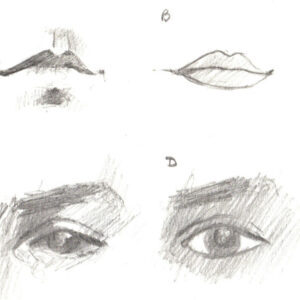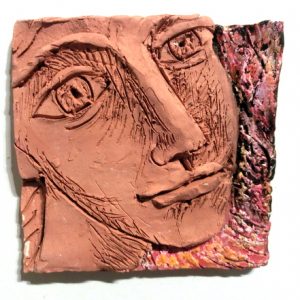
Snakes and Ladders, originally named Moksha Patam, is a game of sheer luck. But the historic version had its roots in morality lessons: the board represented a life journey complicated by virtues (ladders) and vices (snakes). The ladders represented “good karma” (destiny: generosity, faith and humility) and the snakes represented “kama” (desire: lust, anger, murder and theft).
Thinking about the board one day (through the lens which I look at lots of things through at the moment; that of trying to better understand how we can more effectively connect visual arts education from pre school, through to formal education, further and higher education, through to work and life long learning), it struck me that thing thing I had always missed about the board was the simplest thing, that it represented our journey in life from birth to death. Nicely dissected into even units, each year following the next, interrupted only by the fateful throws of the dice, and the things that help and hinder our progress.

With rarely a week passing when we don’t hear someone refer to the “lost generation” – those whose lives have been temporarily put on hold because of Covid, it struck me, once I had plotted our education system (for those lucky enough) onto the board, that even if we don’t all reach the ripe old age of 100, the time we spend in education, which of course “maps” to the time we spend morphing from baby to adult, is actually a comparatively small amount of our total lifespan. It took the board to make me see this. If the years of 3 to 18, or 3 to 21 if we are really lucky, are the years we commit (as a society) to formal learning, what of the years that follows? If creativity is an essential part of our humanity, how do we nurture and enable creative growth in all individuals beyond their formal education?
A current mantra running through the work of AccessArt at the moment is open out and step back. Open out your thinking, check your preconceptions, look around, and drop back down with renewed focus. We need to be ambitious in our need to redefine lots of things at the moment: Big things like society and health care, and more precise things like currciulum. In all these areas we are best served, at this point, by opening out, looking up and around, and focussing back down. Without panic and without being defensive. Instead to do so in an expansive, joyful, and positive way.

But the snakes and ladders board reminds us we are each units in a bigger picture, and our lives themselves are also split into units, and the gestures we make and the experiences we have are units too. Holding the smallness, the detail, and making small incremental changes on a personal level is perhaps how we make extraordinary changes on a societal level. How small does the unit or incremental change have to be to enable grassroots, accessible, but instrumental change? And how far do we have to look up, before we can clearly see a new vision for the way forward?
The board is finite, and to be blunt, so are our lives. Scattered with the things which help us flow forwards or stop us in our tracks, both the things we encounter, and the snakes and ladders we put in place for others to find.

How can we all learn from each other? Here’s what the snakes and ladders board made me think. And you?
-
Where are you on the board? – Wake up!
-
What and who came before you? – Not just immediately, but years before. What stands out? What helped define you?
-
What and who comes after? – What’s ahead? What would you like to be ahead?
-
Who can you affect / inspire and where are they on the board? – Look around and not just at your neighbours. What do you have in common? What sets you apart?
-
Who could you learn from? – Which ages glow for you? Where is your heart?
-
Who would you like to share your expertise with? – Build ladders!
-
When does creativity flourish and when does it stall? – See the board as a whole journey. The ups and the downs. What does the journey feel like?

